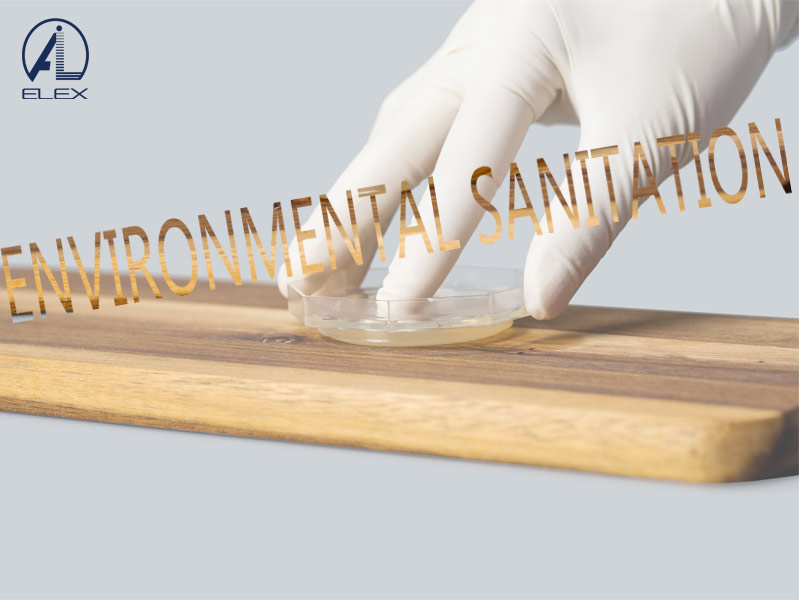Microorganism refers to organisms living in micro size, which can be single cell or multicellular organisms, including bacteria, fungi, viruses and some small protozoa. From the atmosphere at the top of the troposphere to the depth of the ocean, from the top of the iceberg to the depth of the desert in the forbidden area of life, from the undersea volcano mouth at nearly 100 degrees Celsius to the salt lake with high salt, there are microorganisms.
On our bodies, microbes exist from the skin to the gut, wherever they come into contact with the outside world. Microorganisms appear on the earth earlier than human beings, they are all pervasive and everywhere. Even now, scientists in the United States have begun to pursue the existence of cosmic microorganisms. The appearance of microscope enables people to observe the morphology of microorganisms. With the maturity of various microbial culture techniques, people can continuously observe microorganisms and classify them according to their morphological characteristics. With the development of DNA sequencing and molecular genetics, 16S RNA gene sequencing has become the main research method of microbial classification. However, the emergence of next generation sequence (NGS) has made a large number of identifications about culture media of microorganism possible.
In recent years, microbiome research has become more and more popular in many top academic journals. Generally speaking, human needs to have a deep understanding about culture media of microorganism.
 A Tentative Study on the relevance of HACCP certification and infection control in hospital
A Tentative Study on the relevance of HACCP certification and infection control in hospital
 Environmental Sanitation Microbiology Testing
Environmental Sanitation Microbiology Testing
 Microbiology Test in Food Industry
Microbiology Test in Food Industry
 The Applicability of High-quality Ready-to-use Swab Sampler for Tableware Sampling and Public Places Supplies and Utensils Microorganisms
The Applicability of High-quality Ready-to-use Swab Sampler for Tableware Sampling and Public Places Supplies and Utensils Microorganisms
 Spike Experiment of DNP Culture Media Plate Based on Ice Cream
Spike Experiment of DNP Culture Media Plate Based on Ice Cream


